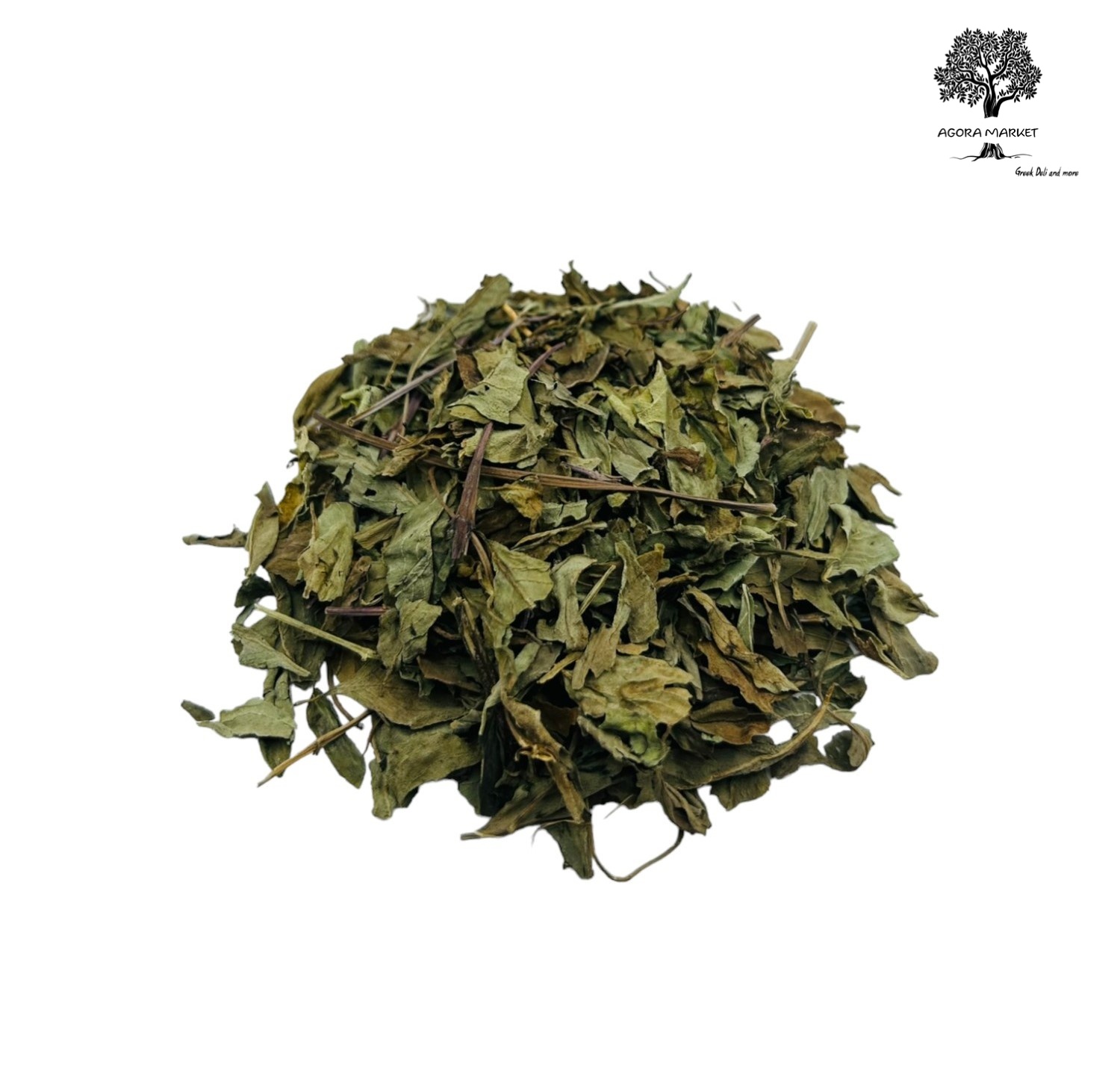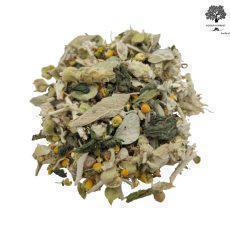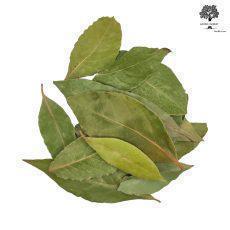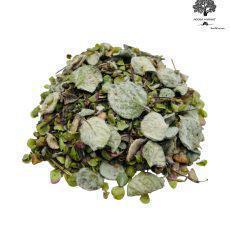Description
Product Information:
Name: Basil
Scientific name: Ocimum Basilicum
Family: Lamiaceae
Origin: Egypt
Expiry Date: Provided on the package
Description:
Dried basil leaves are a convenient pantry staple, offering the same delightful aroma and flavor as fresh basil in a more shelf-stable form. Our premium dried basil leaves are carefully harvested and dried to preserve their natural essence, ensuring a burst of freshness in every dish.
In Western cuisine, the generic term “basil” refers to the variety also known as sweet basil or Genovese basil.
Basil is native to tropical regions from Central Africa to Southeast Asia.
In temperate climates basil is treated as an annual plant, however, basil can be grown as a short-lived perennial or biennial in warmer horticultural zones with tropical or Mediterranean climates.
The name “basil” comes from the Latin basilius, and the Greek βασιλικόν φυτόν (basilikón phutón), meaning “royal/kingly plant”, possibly because the plant was believed to have been used in production of royal perfumes.Basil is likewise sometimes referred to in French as “l’herbe royale” (‘the royal herb’).
It adds flavor to meals, It forms the basis of pesto and adds a distinctive flavor to salads, pasta, pizza, and other dishes.
In Western cuisine, the generic term “basil” refers to the variety also known as sweet basil or Genovese basil.
Basil is native to tropical regions from Central Africa to Southeast Asia.
In temperate climates basil is treated as an annual plant, however, basil can be grown as a short-lived perennial or biennial in warmer horticultural zones with tropical or Mediterranean climates.
The name “basil” comes from the Latin basilius, and the Greek βασιλικόν φυτόν (basilikón phutón), meaning “royal/kingly plant”, possibly because the plant was believed to have been used in production of royal perfumes.Basil is likewise sometimes referred to in French as “l’herbe royale” (‘the royal herb’).
It adds flavor to meals, It forms the basis of pesto and adds a distinctive flavor to salads, pasta, pizza, and other dishes.








